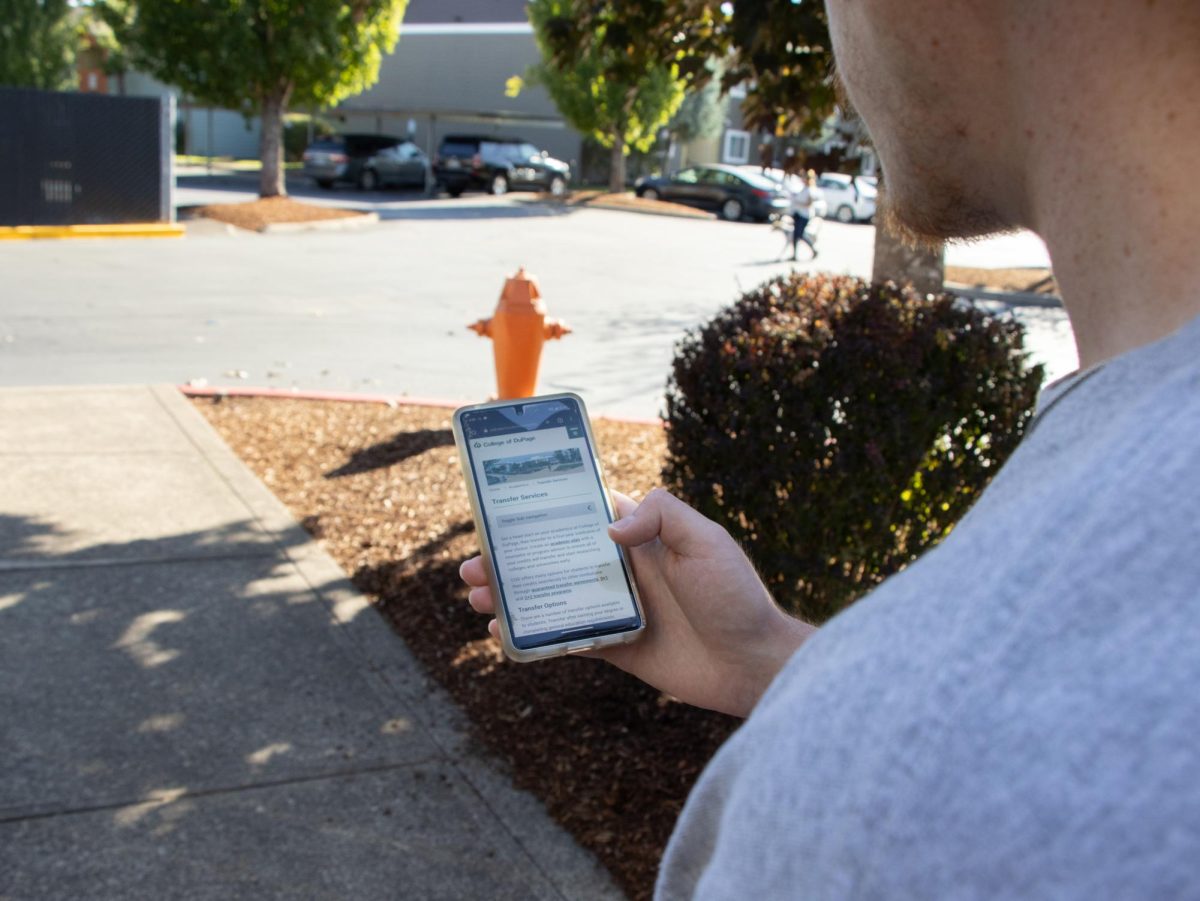Not all students at Oregon State University enroll right out of highschool; there are students who come from many different backgrounds or have transferred in from other colleges.
However, not all schools are the same, and transfer students may find themselves in situations where credits will not transfer how they want them to.
“Generally speaking, if a course was taken at a recently accredited university, they are going to transfer into OSU as long as they aren’t developmental or career technical classes,” said Rick DeBellis, associate director of transfer admission for the Degree Partnership Program.
However, students might notice that when they come to OSU that their classes may be listed as UDT, LDT, LD and UD. This means that a class is either an upper division transfer, lower division transfer, lower division or upper division, respectively.
According to Erin Bird, transfer transition coordinator at OSU, an LDT is given when there is no class at OSU that is equivalent to a lower-division transfer course. The class will transfer, but may count as something else as determined by your advisor.
A UDT is similar to an LDT, except the class will be equivalent to an upper division transfer course. The class will transfer, but may count as something else as determined by your advisor.
According to Bird, some lower-division transfer courses transfer in and become equated to upper-division OSU courses. These courses will be designated LD, and the credits will be regarded as lower-division, not counting toward the required 60 upper-division credits. On the other hand, upper-division transfer courses can likewise be equated to lower-division OSU courses, and designated UD, with the credits regarded as upper-division.
A resource that Bird recommends new students utilize is the OSU Transfer Credit Central website. Using the single course search tool, students can view every single course that someone had attempted to transfer into OSU.
According to DeBellis, schools statewide are working together on a common curriculum for classes. If students notice a “Z” next to their class name on the TCC website, this means that this class is one of the classes that has been aligned across the state and should transfer more accurately.
Bird recommends that students also use a transfer guide, depending on what college they plan to transfer into. These can be found on the websites of all OSU colleges.
One of the main reasons why credits will not transfer properly is because OSU is on a quarter system while some other schools may be on a semester system.
“A semester course is 15 weeks and a quarter (term) is 10 weeks. So in the end you are doing about the same work if you did the full year,” DeBellis said.
One piece of advice that DeBellis gives to students transferring into OSU is to try to take all the courses in a sequence before transferring into the school.
“Let’s say you took the Biology sequence at Blue Mountain Community College and you took their Biology 211, and then you came to OSU and you wanted to take the second and third course. Because our Biology was taught in a different format than theirs is, Biology might make that student retake that entire sequence of classes because it might be that part of 211 and 212 are what’s in our 221 and the pieces don’t all fit together the right way,” DeBellis said.
Karen Sloan, a communications major at OSU and a transfer student from Linn Benton Community College, said that making sure a class transfers before you take it prevents it from causing problems later.
“I think it was really important that I made sure when I was taking the class (at LBCC) that it was one that was going to transfer seamlessly,” Sloan said.
Students are recommended to talk to their advisor if they have any additional questions.











































































































